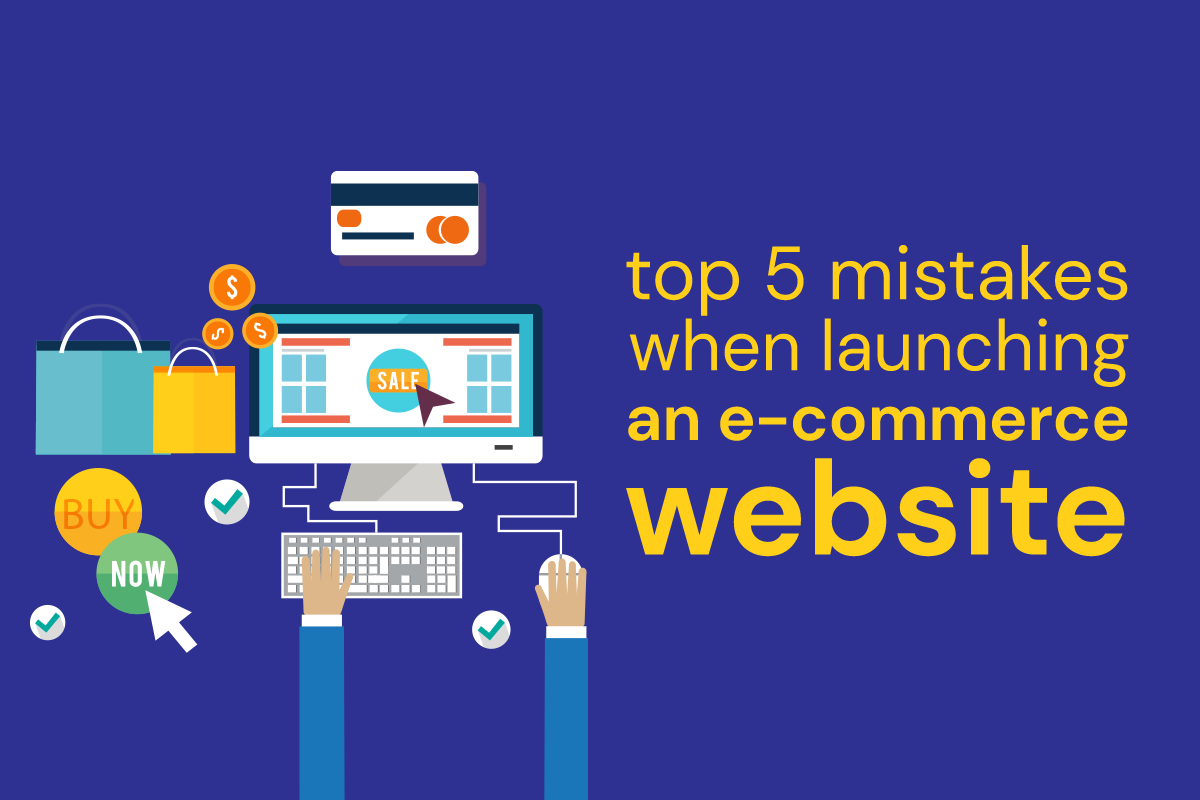When you’re selling a product, you’re often hyper-focused on your product: quality control, supplier issues, pricing, perhaps even shipping considerations. If you’re selling online, you’re considering the look and feel of your online shopping cart, how your product images look, what payment processor you’ll use, and how to integrate your inventory management and shipping label creation with your e-commerce website. (At least, we hope you’re considering those things. Next week’s blog post will cover those topics.) While all of those issues are worth your time and consideration, sometimes it’s difficult to think about what happens after you launch. Here are some mistakes we’ve encountered again and again, and what to do about them.
-
No one knows you’re open for business. #marketingfail
A lot of sellers operate under the assumption that if they have an amazing product, buyers will flock to their store. We wish that were true! We would love to instantly know about all the perfect products that are just right for us, but the fact is, we usually find out about them through active marketing. Facebook ads, a gift guide written by a magazine or a trusted blogger, even word of mouth—none of these are passive. Some practical techniques that we recommend:
- Start an email newsletter and place a signup box prominently on your website.
- Send a free sample of your product to a relevant Instagram “influencer.” (By relevant, we mean that they typically use products like yours.)
- Engage with your customers on Facebook and Twitter.
- Try a Facebook, Instagram, or Pinterest ad.
- Ask your customers to review your product and share info with friends.
- Share a coupon code with your email subscribers; try posting it to Retailmenot.com.
-
SEO is confusing, so you ignore it.
To be fair, SEO can be confusing, but it quickly becomes clear when you understand a few concepts. This is not about signing up with a company that promises to get you on the first page of Google. If a company does try to make a promise like that, walk quickly in the other direction. The very first thing you need to know is what words or phrases your potential customers are searching that might bring them to your e-commerce website. This, friends, is keyword research. Using Google’s Keyword Planner Tool will tell you how many people are searching for a keyword you are interested in. Pick the keywords that represent the intersection of high searches and relevance to your products. For example, we might pick ‘web design’ as a keyword/keyphrase for our website because there are 60,500 searches per month for that term, but we might skip ‘site design, because it only gets 480 searches per month. Once you have those keywords, use them throughout your site. It takes time for SEO efforts to take effect, so the sooner you take action, the better.
-
You think you don’t need an About or Contact page on your e-commerce website.
Trust us; you do! Imagine you found a website that you’d never heard of before, but had an amazing widget you wanted badly. Would you just hit the “Add to Cart” button? Just remember: you’re not Amazon or Etsy. No one knows who you are. An About page that tells your company’s story (and gives you a chance to use your keywords) gives customers confidence that you are not some fly-by-night scammer. A Contact page lets them know they can get in touch with you if something goes wrong and they need to return your product. An FAQ page wouldn’t hurt either; it will answer your customers’ questions so they don’t have to contact you for the answer to a simple question. It will also let your customers know that other people have asked the same questions, so you must have other buyers besides them.
-
You didn’t put yourself in your customers’ shoes.
Before you launch, we VERY strongly encourage you to test your website with a focus group. If you’ve used I.T. Roadmap for your e-commerce website design, you’ll know that we recommend sticking to established models and patterns for user interaction. Even with the most careful planning, you might find that some customers find navigation or the checkout process confusing. You don’t necessarily have to engage a company that assembles a focus group for you, though for an e-commerce website with a substantial front-end investment, this is not the place to skimp. You can also ask family and friends to help test you. And there are online services that offer user testing; we like Peek.
-
You’re going to stick with it, no matter what.
If something is not working, this is not the time to dig in your heels. E-commerce requires adapting to changing conditions. That might mean changing your pricing structure to allow for free shipping, switching to a new advertising channel or partner, restructuring your navigation, maybe even taking new product photos. Check out your site’s analytics with Google Analytics to see what’s going on with your users’ behavior. Ask for feedback from your customers, both good and bad. And be prepared to make some tweaks.
Want to talk about e-commerce website design? Drop us a line. And be sure to tune in next week when we talk about considerations to make when you’re creating your new e-commerce site.






